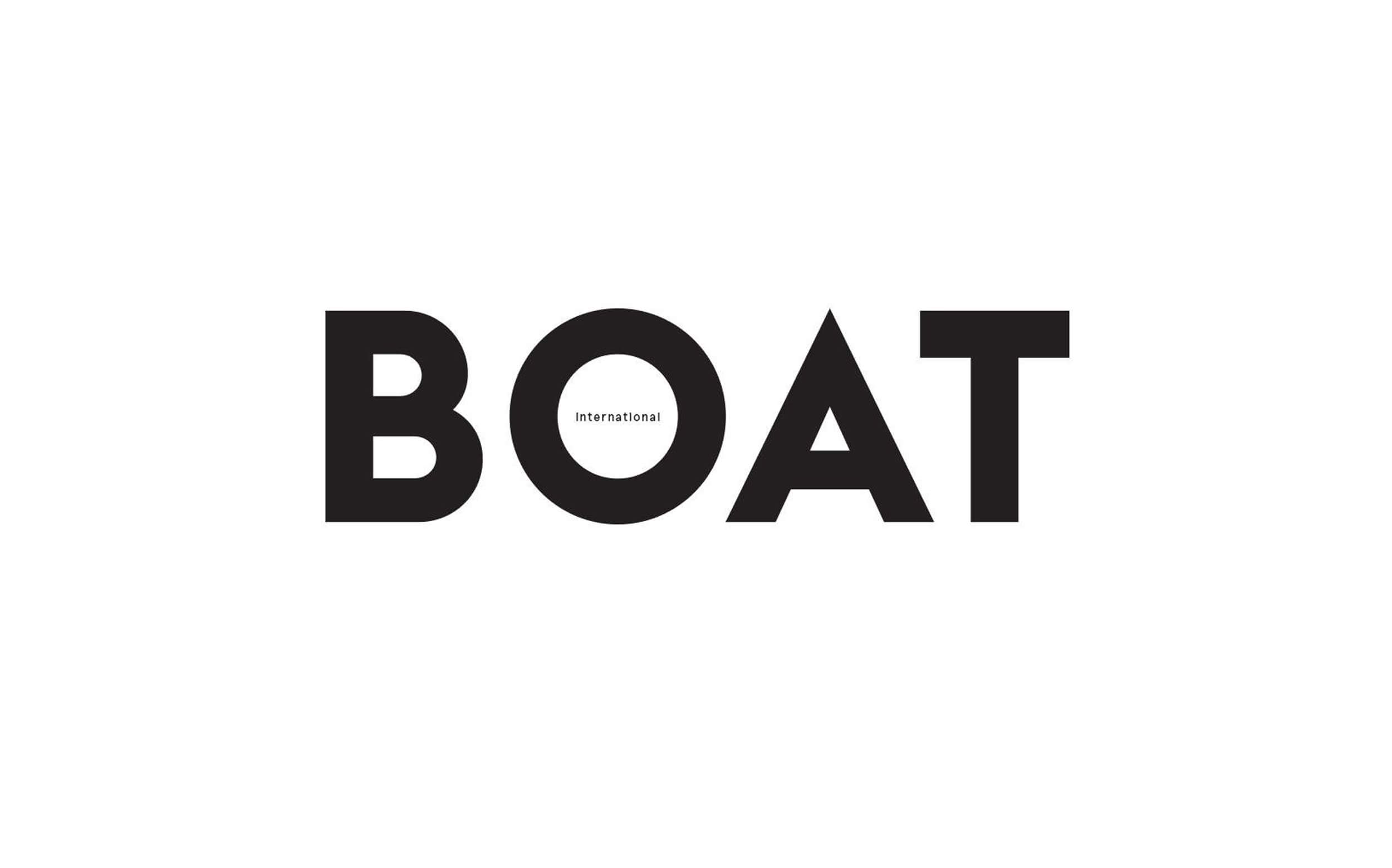Why Blue is Better
Annelie Rozeboom
Hi Europe
October.2015
Architect Koen Olthuis draws on a roll of paper while explaining why we should be building our cities on the water and how he is planning to help the poor with his ideas. “As an architect, you can design towers, but every child can do that in their Minecraft game. Plus none of the towers we build now will be there in 300 years’ time. What I want to leave behind at the end of my career are concepts and ideas, the main idea is that we need to push our cities unto the water.”
Green is good, blue is better is the motto of this Dutch architect. “Our cities don’t change fast enough. We build houses and building and expect them to be used for ever, but our society changes every ten years. If parts of our cities float, we are much more flexible. The center of Amsterdam will always be the same, but the neighborhoods around it change all the time. If buildings float, you can just pull them away and put them somewhere else,” Olthuis told Hi-Europe.
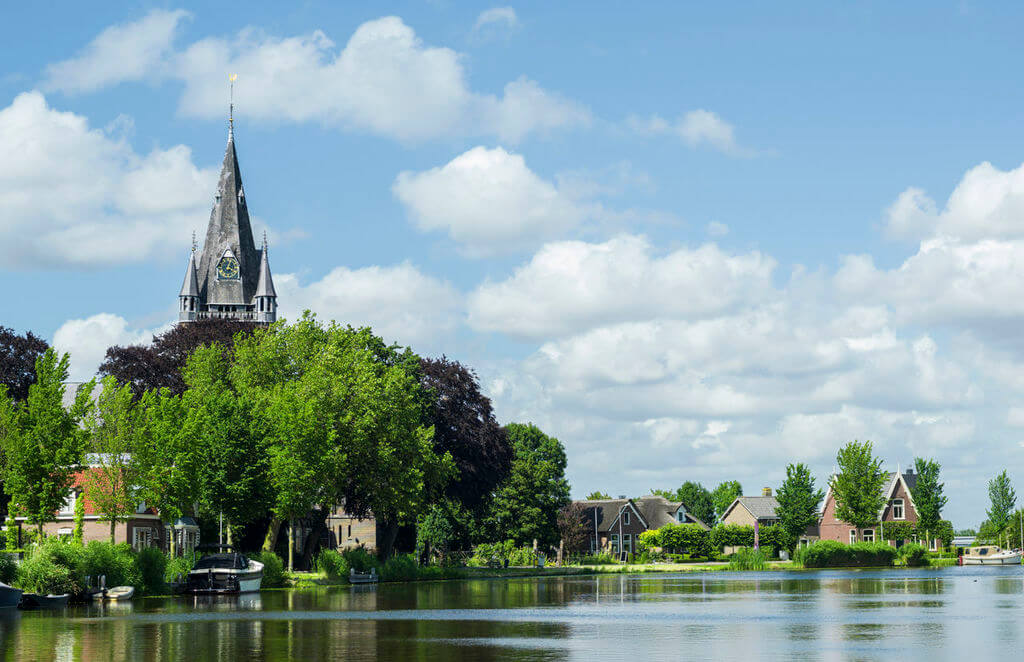
Pict: selimaksan
Working with the Water
One-half of the Netherlands is flood-prone and about one-quarter is below sea level, so it’s no wonder the Dutch spend their time developing ways to incorporate water into their style of living. The philosophy is shifting from fighting the water to living with it, or rather, on it. Instead of trying to claw back more land from the sea, developers are exploring the cost-efficiency of building homes that rise and fall with the tides. “We need to start working with the water in a more intelligent way,” Olthuis says.
This relatively new amphibious architecture is attracting interest from around the world, with floating and amphibious homes and schools now being designed for flood plains everywhere. Amphibious architecture is for both dry and wet conditions, so the houses stay dry and on the ground during normal times and then when the water arrives, they can float up.

Pict: Architect Koen Olthuis – Waterstudio.NL
Waterstudio
Olthuis wants to do much more than build a few villas. His architectural bureau Waterstudio.NL has designed complete apartment complexes, which could accommodate hundreds of people. And that is just one project. There is also a 33-meter-tall trees that can float. “Our cities have become sick environments. Green has been pushed away, but bees and other insects need quiet places. Our sea tree is like a cut-up park, which floats at a safe distance from the shore. Nature will take over on the platform and create its own ecosystem.”
Olthuis is also planning to help people in the slums of the world, which are often located on flood plains. “Worldwide you see that the most vulnerable people are being pushed into the water,” he says. This coming month he will send a floating school to Dakar – it’s a container that floats on empty plastic bottles. “The way to upgrade a slum is by installing facilities like schools and internet cafés, or easily movable small buildings that slum entrepreneurs can use. We have designed a kind of toolbox, which have 20 functions inside. This way, the entrepreneurs can choose what it is they need.”
Olthuis exports his concepts all around the globe, including to the flood zones of Hainan Island. “They have land there that they can’t use, but they will if they take our technology.” He also sells floating islands to Dubai. “Making artificial islands out of sand doesn’t work. In Dubai they built some, but they are too far away from the coast, and there is no electricity or drinking water. We are now going to put floating islands in between.”
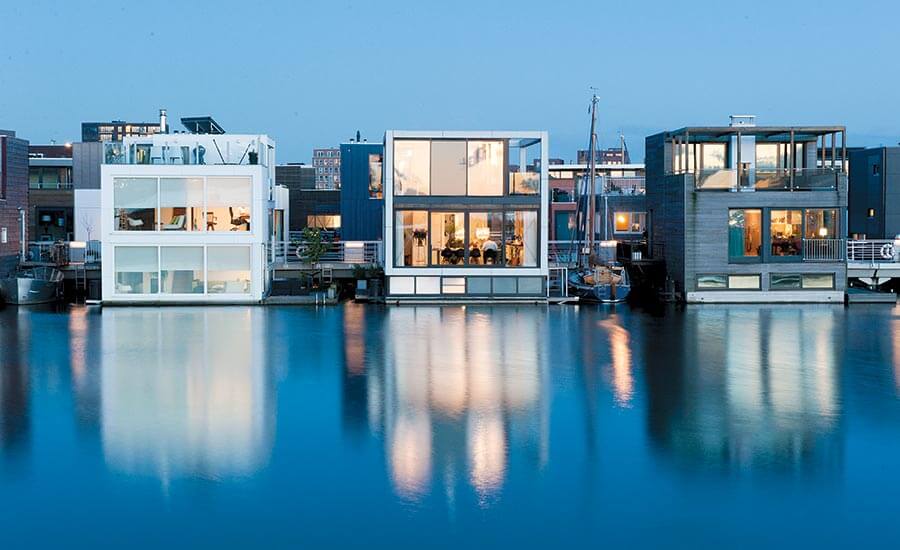
Pict: Architect Koen Olthuis – Waterstudio.NL
Fight Against the Sea
The Dutch are famous for their age-old fight against the sea, and they have the best flood management technologies in the world. In the beginning, the people in this low country put their homes on artificial hills called terpen, but they soon started building dikes. Popular in the middle ages were wierdijken, earth dikes with a protective layer of seaweed. Later dikes had a vertical screen of timbers backed by an earth bank, but these were replaced by stones after the timber was eaten by shipworms. When the polder windmill was invented in the 15th century, it meant that land could also be drained.
The dikes around the rivers were maintained by the famers who lived next to them. Special water board directors would come to check every three years. This changed radically after a devastating North Sea flood in 1953, which resulted in 1,800 deaths. The government adopted a “never again” attitude, and built dams all around the country, guarding all main river estuaries and sea inlets. According to computer simulations, today’s defenses in the Netherlands are supposed to withstand the kind of flood so severe that it would occur only once in 10,000 years.
“We have pretty much won the fight against the sea,” architect Olthuis says. “The problem now is rainwater. Holland has 3500 low-lying polders enclosed by dykes that function as sponges – they soak up excessive rain water. However, more and more of this land is now used for housing. These are ideal places to build amphibious houses.”
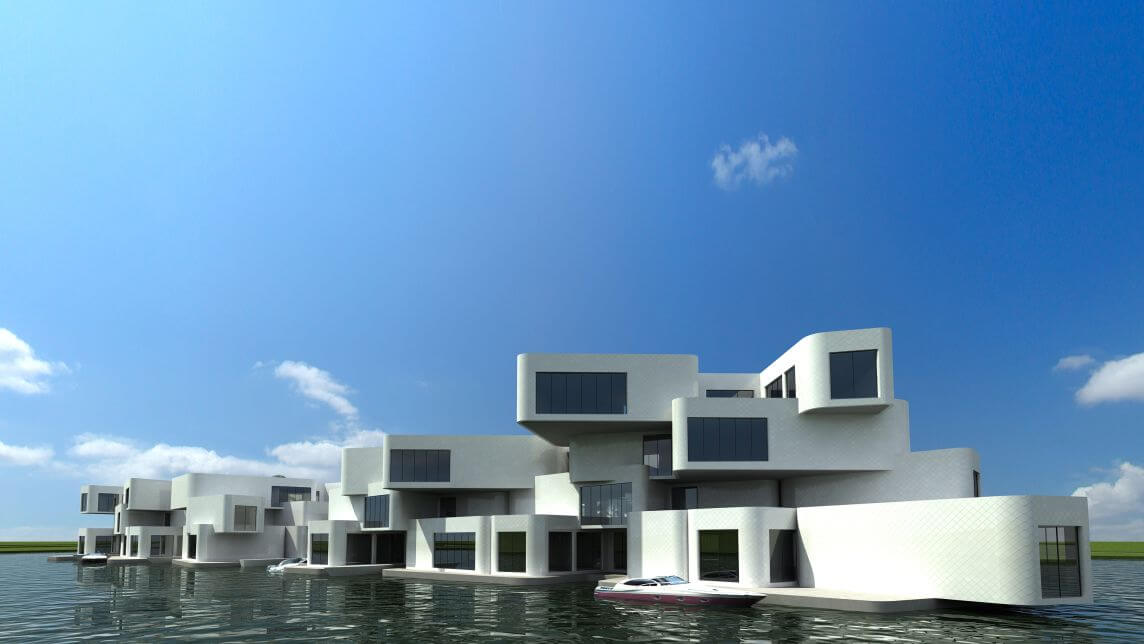
Pict: Architect Koen Olthuis – Waterstudio.NL
Rising Sea Levels
Dutch scientists predict a rise in sea levels of up to 110cm by the year 2100. “We can make the dikes higher, that’s not a problem at all. Technically, all that is possible. The problem with a high dike is that when it breaks, more water will come in,” he says.
There is also growing pressure on existing land. The Dutch government estimates that 500,000 new homes will be needed in the next two decades. Most of the land suitable for conventional building has already been used up, so Dutch architects are encouraged to experiment with new solutions. “The palace in the center of Amsterdam was built on 13.654 wooden poles. It’s the densest forest in the Netherlands. There was real innovation in those times. We are built on places where there shouldn’t be land at all. It’s not about giving up, it’s about continuing to grow,” says Olthuis.
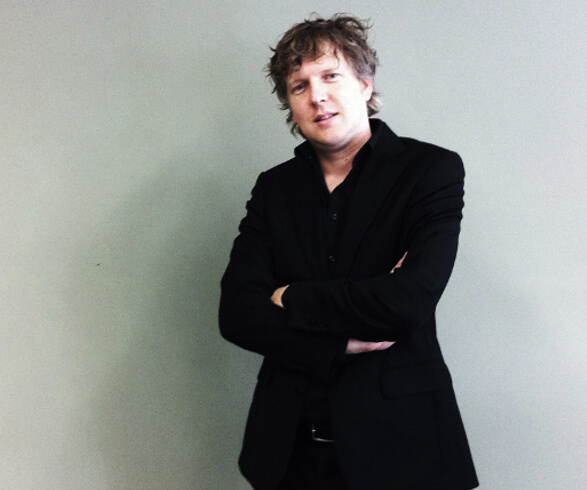
Koen Olthuis
Floating City Apps: A Lifeline for Slums
By Carol Matlack
Bloomberg Businessweek
September.2015
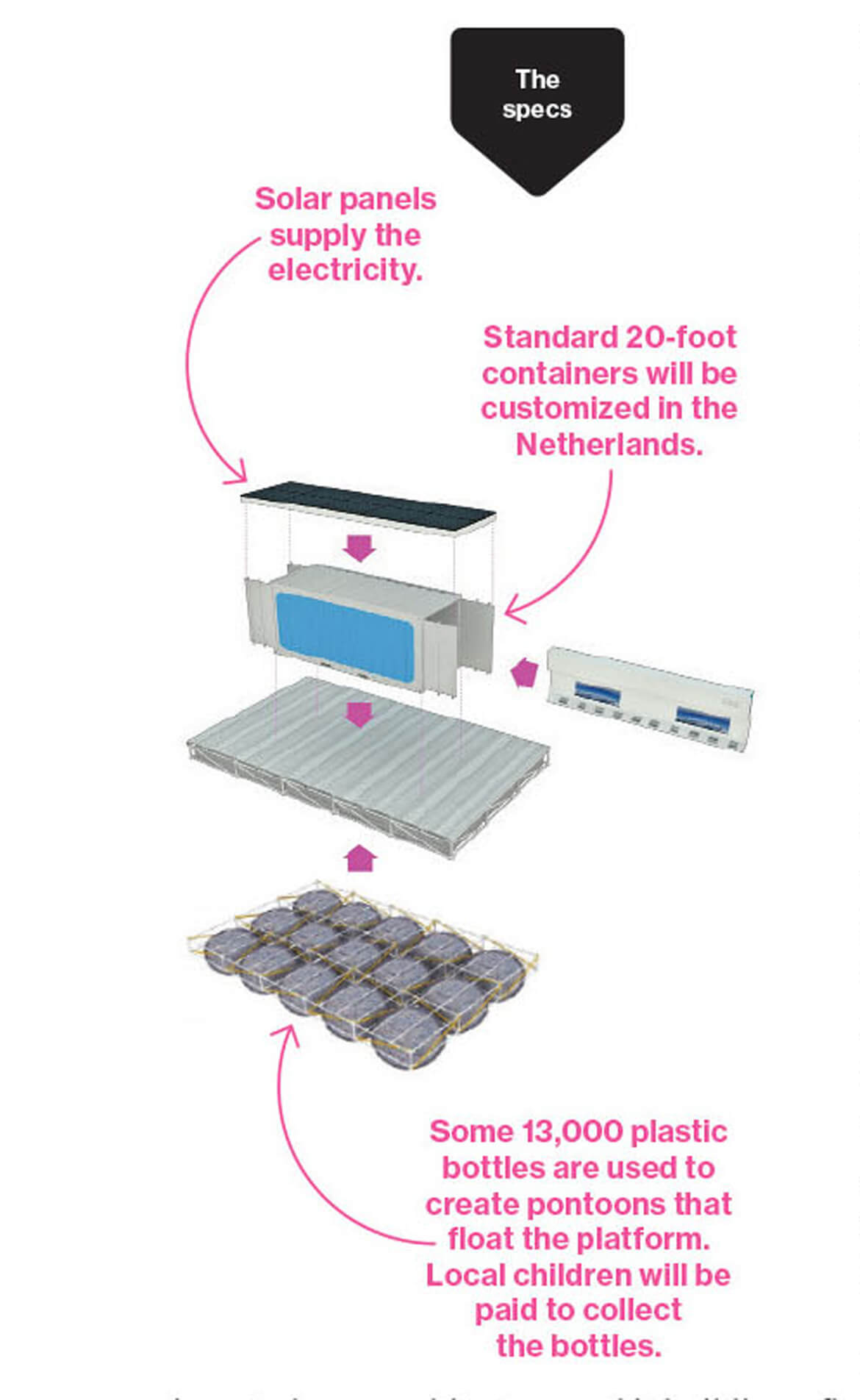
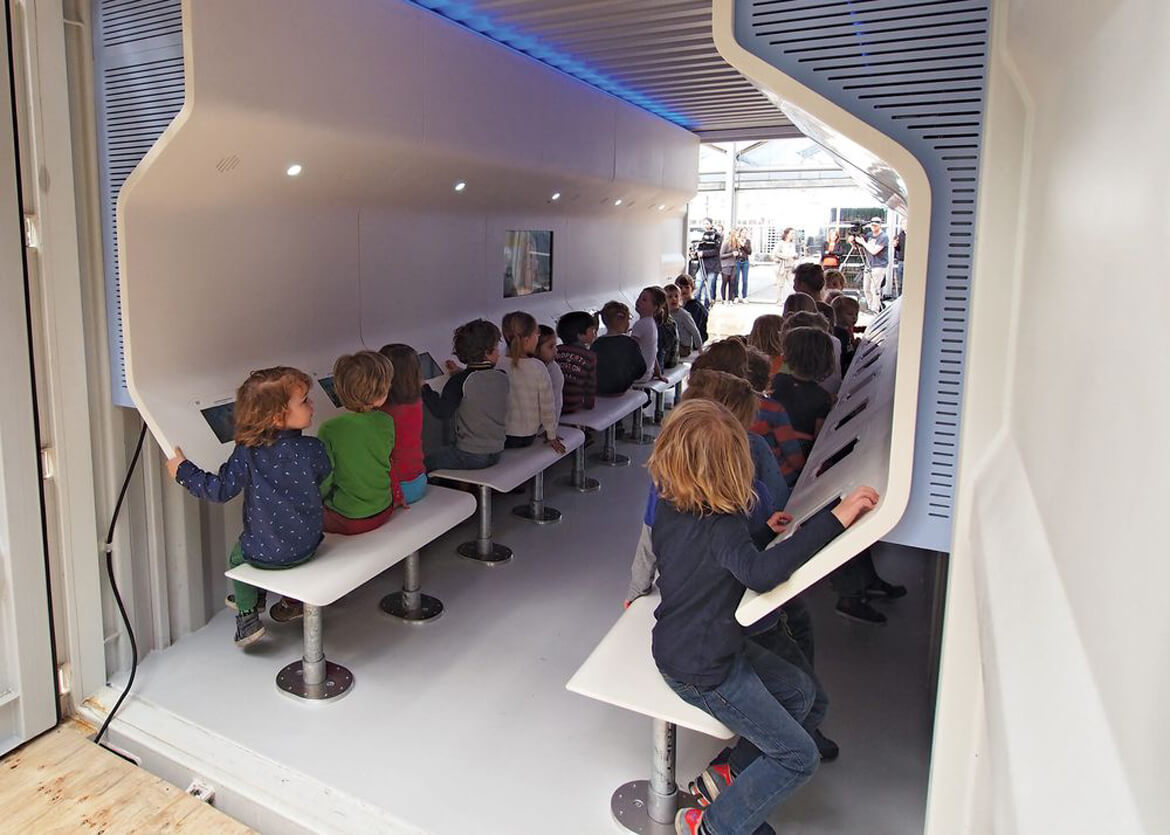
Dutch architecture firm Waterstudio uses shipping containers to build structures that benefit people living in flood-ravaged shantytowns.
Firm: Waterstudio
Location: Rijswijk, Netherlands
Total Cost: $28,000
More than 600 million people worldwide live in shantytowns that suffer chronic flooding. Because these settlements are often illegal, entrepreneurs and community groups can’t get the building permits, insurance, and bank loans to open grocery stores, health clinics, and other essential establishments.
Dutch architect Koen Olthuis thinks he has a solution: His Floating City Apps are structures built from shipping containers that can be docked alongside waterfront slums. The first, set to be deployed in Dhaka, Bangladesh, this fall, will be outfitted with 20 computer workstations. It will be used as a classroom in the daytime and as an Internet café in the evening. Unesco and local non-profit are subsidizing construction. Because the units are vessels, they will qualify for insurance and private financing, which may also make them attractive options for local business.
Olthuis’s firm, Waterstudio, specializes in waterborne architecture and building floating resort in Maldives. He wants to put some of that know-how to work for the benefit of the poor. “The architecture is simple”, he says. “But you need to have a business model”.
This demonstration unit in the Netherlands is outfitted as an education and communications center, with 20 touchscreen workstations.
SOURCE: FLOATING CITY APPS
Luxury Anywhere, Anytime! Floating Private Islands By Koen Olthuis
By Jesse James
Stupid Dope
August.2015
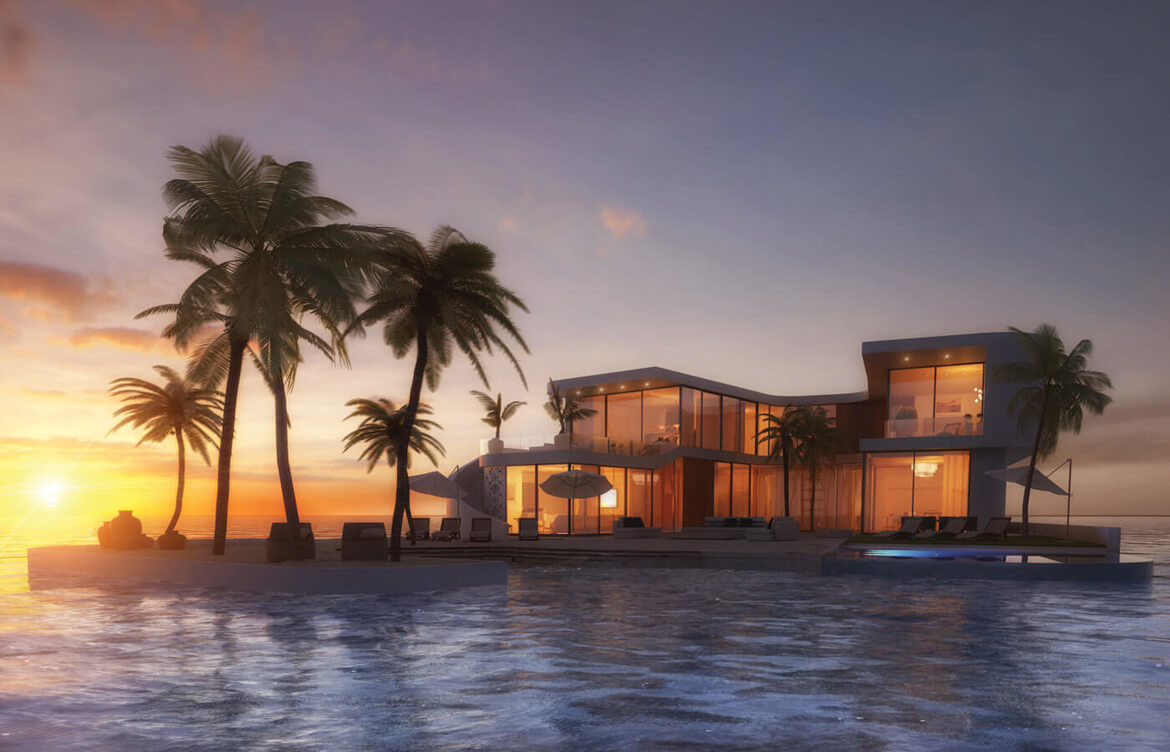
Traveling is fun and all, but sometimes you just want to be on your own private island; right? Well today we get a unique way to do exactly that, take a vacation on your own private island; The Floating Private Islands By Koen Olthuis. This unique and rather eye-catching design plays host to some creative concepts, which not only serves as some stunning spots to vacation, but also creates new underwater habitats for nearby sea life.
The design allows you to choose what type of home or facility you want on your island, as well as where it will be located. The customizable design offers luxury and an eco-friendly design that is sure to provide a unique and rather lavish retreat. Have a look at these sleek and quite bold concepts in the images below and above and speak your mind on it after the jump. For more information head over here immediately, and start stacking now!
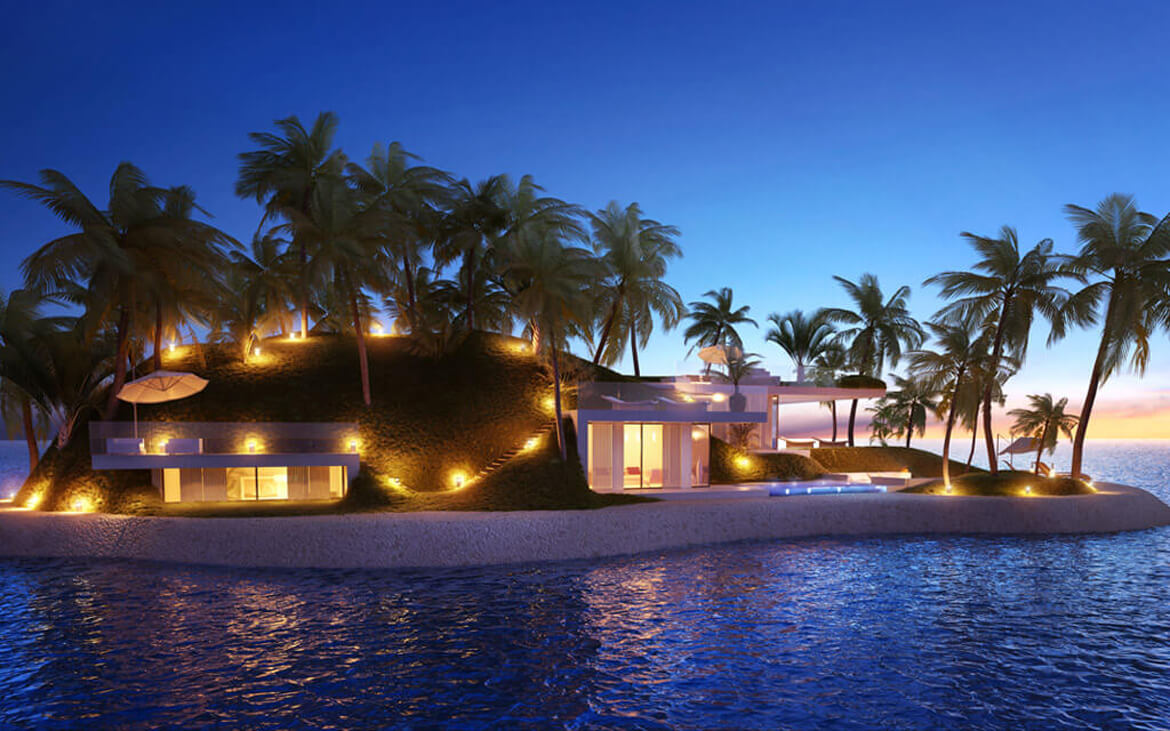
Real Estate Listings: First Floating Islands to be Up for Sale in Maldives, Dubai and Miami
By Staff Reporter
media@realtytoday.com
August.18.2015
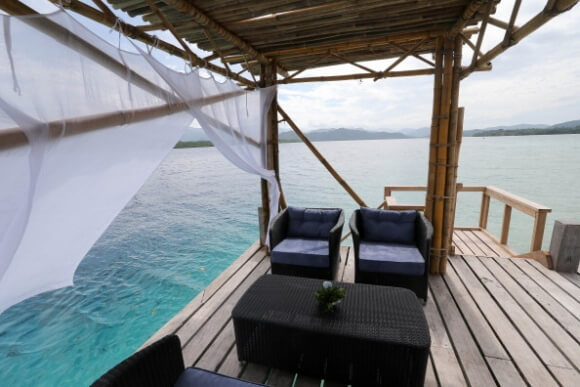
HONIARA, GUADALCANAL ISLAND, SOLOMON ISLANDS – SEPTEMBER 17: The lodge and private beach where Catherine, Duchess of Cambridge and Prince William, Duke of Cambridge are to spend the night on the island of Tuvanipupu on their Diamond Jubilee tour of the Far East on September 17, 2012 in Honiara, Guadalcanal Island. Prince William, Duke of Cambridge and Catherine, Duchess of Cambridge are on a Diamond Jubilee tour representing the Queen taking in Singapore, Malaysia, the Solomon Islands and Tuvalu. (Photo : Chris Jackson – Pool/Getty Images)
Christie’s International Real Estate has taken luxury properties into a whole different level. The company is set to start Amillarah Private Islands, a floating island empire to be first established in the tiny islands of Maldives, which will possibly expand to Dubai and Miami in the years to come.
Forbes has called this venture by Christie’s as “The World’s First Portable Private Islands.” The New York-based company has partnered with Dutch Docklands, which also specializes in high luxury properties. The partnership is said to be on-strategy for both ends. Dutch Docklands are also experts in on-water structures.
Other than it being a private and man-made island, the project will also be eco-friendly, self-sufficient, and highly customizable. The companies has also partnered with Ocean Futures Society, which specializes in eco-vacations. According to Daily Mail, they have hired Jean-Michel Costeau to help with the design and research for the sustainable islands.
In terms of customization, CEO of Christie’s Dan Conn said, “The opportunity to literally develop a private island on a body of water is a testament to Dutch Dockland’s skills in this arena. Buyers are able to customize the size, shape and style of their residence, within the broadest range of locations, beginning with this first opportunity in the Maldives.”
Safety will be no issue in Amillarah. Christie’s has also hired specialists and experts and they guarantee that the land will be safe from rising sea levels. The new venture will give buyers the opportunity to truly make their own paradise that they call their own masterpiece.
Potential buyers can check out their official website at www.amillarah.com. It is currently marketing itself as “Your Own Private Island: A piece of art you can live in.”
Amillarah, een privé eiland die je zelf kan customizen
By Gewoon voor hem
August.2015
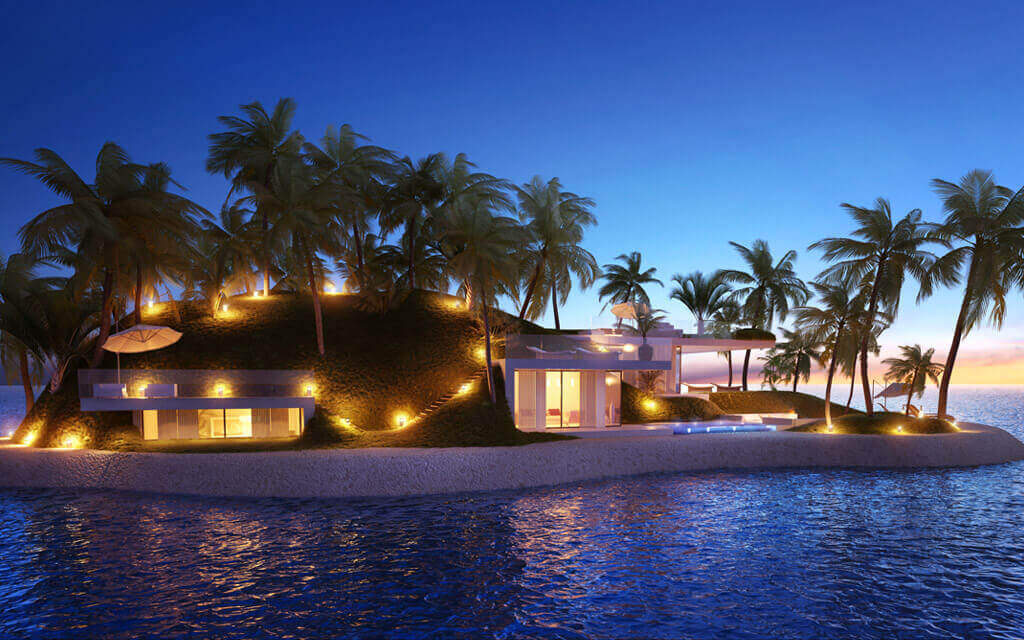 Amillarah, een privé eiland dat je zelf kan customizen! Jep, voor de superrijken gaan de mogelijkheden steeds verder en verder.
Amillarah, een privé eiland dat je zelf kan customizen! Jep, voor de superrijken gaan de mogelijkheden steeds verder en verder.
Volgens Amillarah, wat overigens staat voor privé eiland, zit er één groot nadeel aan het aanschaffen van een privé eiland; de locatie. Vrijwel altijd liggen ze erg afgelegen en zijn de meeste faciliteiten erg kostbaar. Dat is dus verleden tijd, de eilanden zijn geplaatst in een bepaalde zone met de faciliteiten die nodig zijn binnen handbereik. Verder zijn de eilanden te customizen qua indeling en formaat.
De eilanden zijn ontworpen om minimaal 100 jaar in top conditie te blijven, hebben totaal geen (negatieve) impact op de natuur en zullen tevens zorgen voor een prachtige onderwaterwereld die zich kan nestelen onder en rondom jouw stulpje.
Er worden er maar 43 gemaakt, dus zorg dat je er snel bij bent enne.. nodig ons ook even uit!
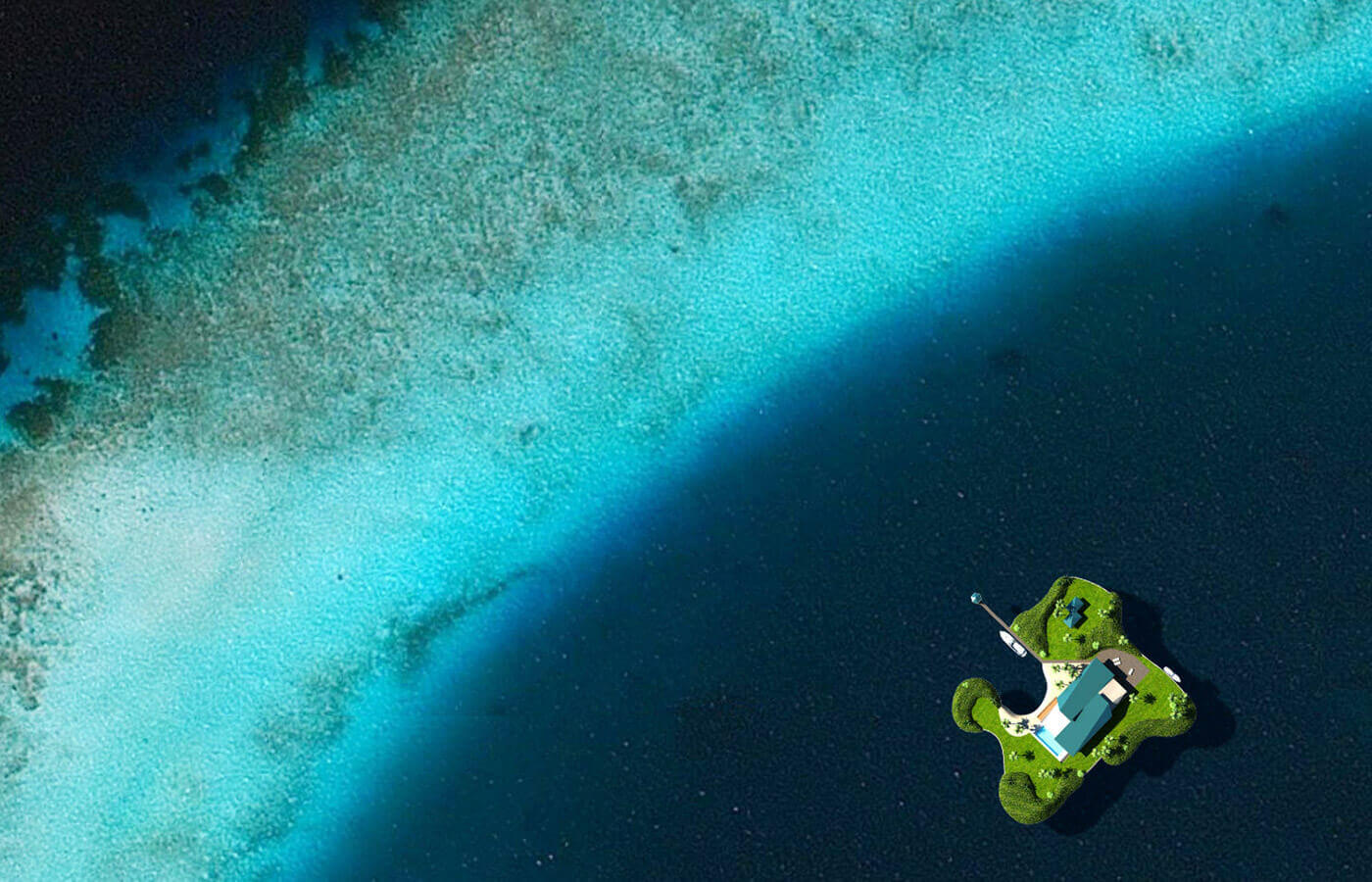
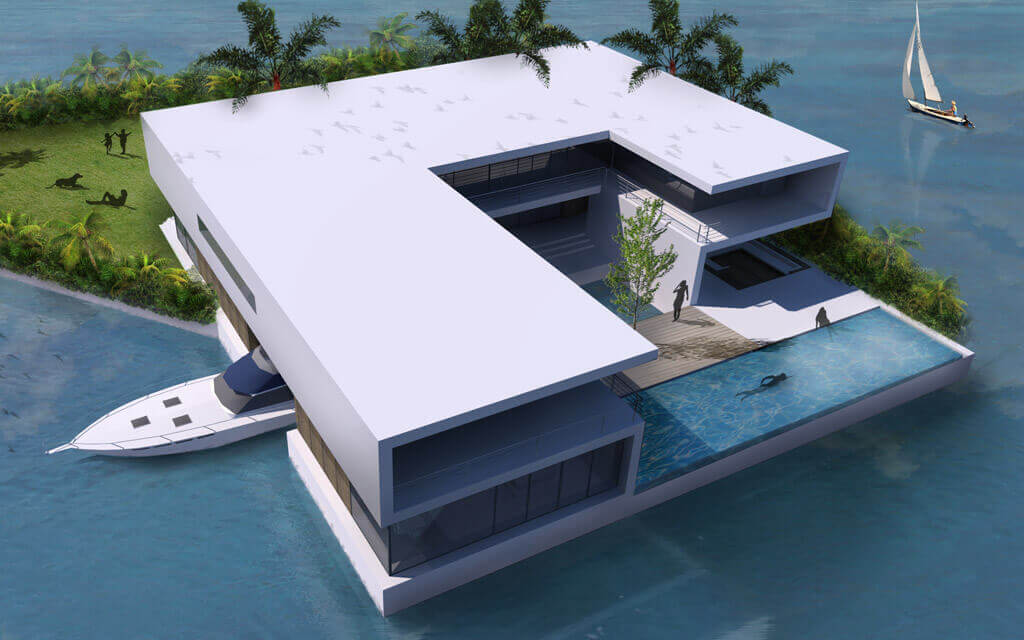
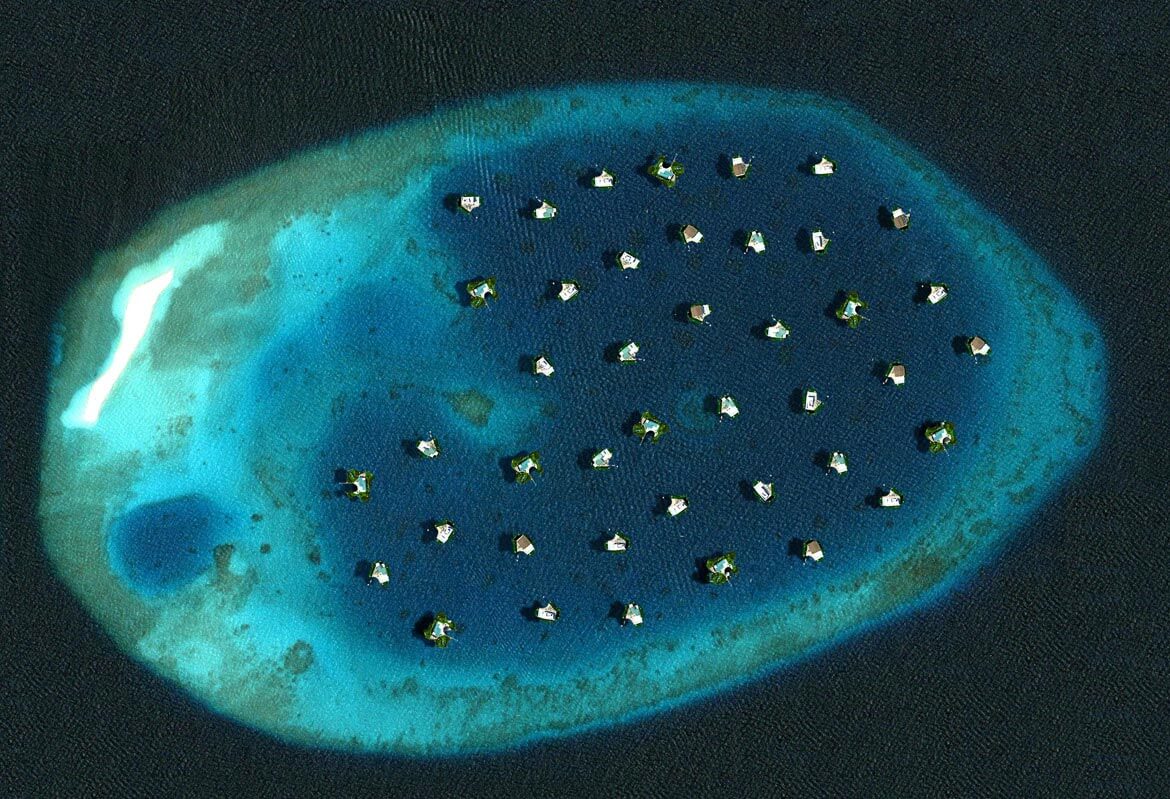
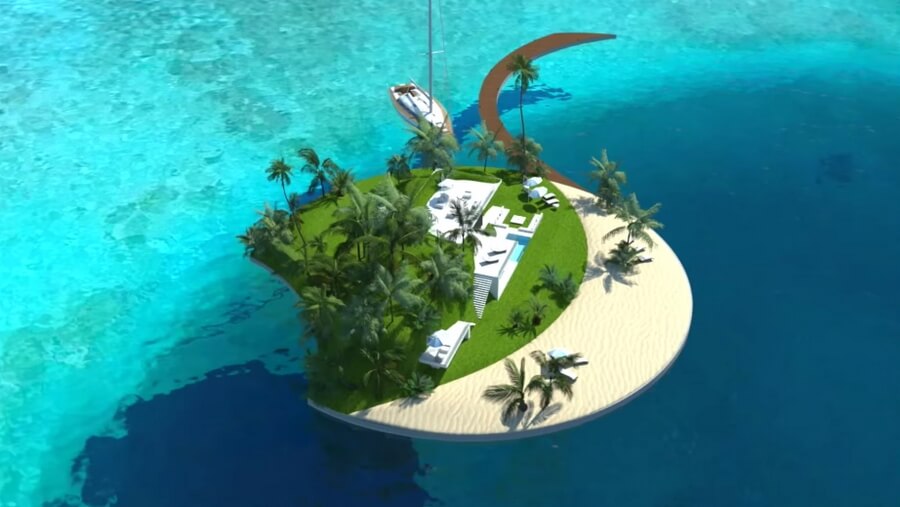
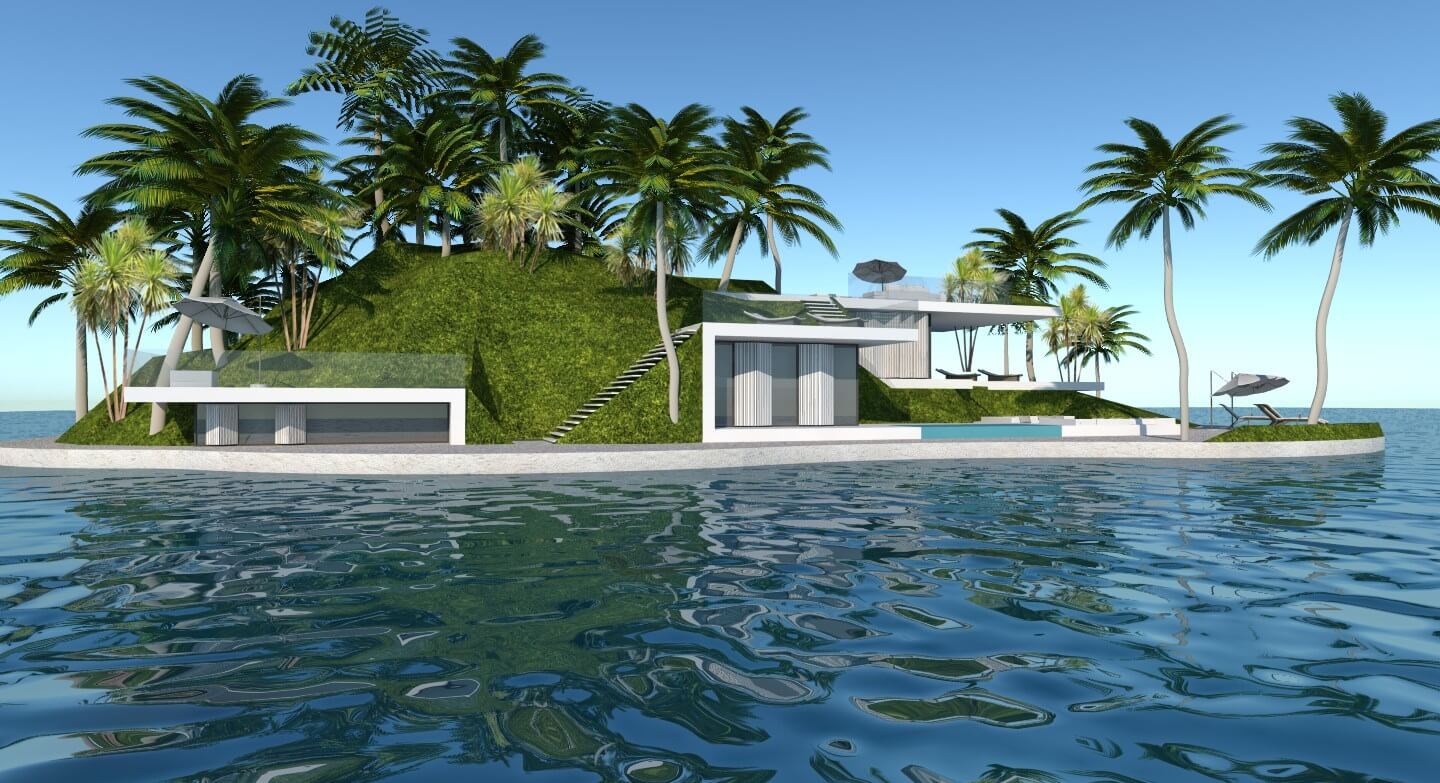
World’s first portable islands will let super-rich create eco-friendly getaways anywhere on Earth
By Jack Williams
Mirror
August.2015
Amillarah Private Islands have released artists’ impressions of luxury getaways in the Maldives, Miami and Dubai, where work is already is already planne
Want to own your own island but can’t find one in your desired location?
Such issues could soon be consigned to history – for the super-wealthy, at least – after plans were unveiled for the world’s first PORTABLE islands.
These artists’ impressions show the self -sustaining, eco-friendly creations that will allow people to create their own getaways anywhere on Earth.
Each home will adhere to the customer’s every need – with the renderings including options such as swimming pools, boat docks and greenery.
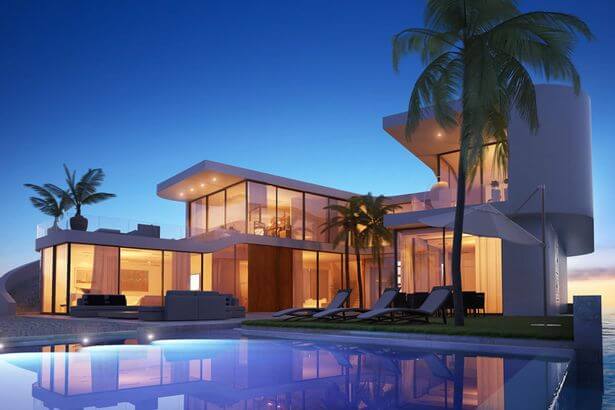
Grand plans: Amillarah Private Islands is the company behind the getaways
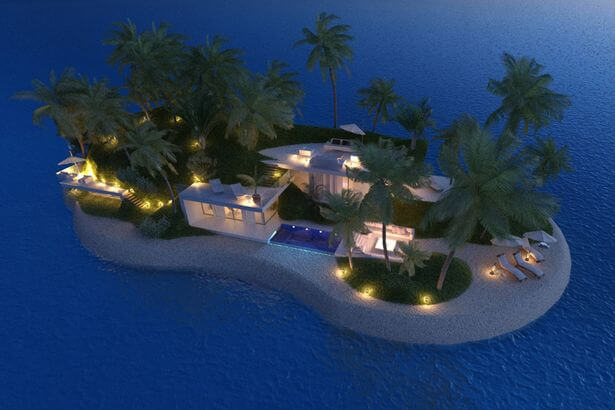
Going green: The islands will be eco-friendly and self-sustaining
Amillarah Private Islands are the creative force behind the initiative, which will offer islands in all shapes and sizes.
Their renderings show properties in the likes of the Maldives, Miami and Dubai, where Amillarah islands are already planned.
Where would you park your private island? Have your say in the comment box below.
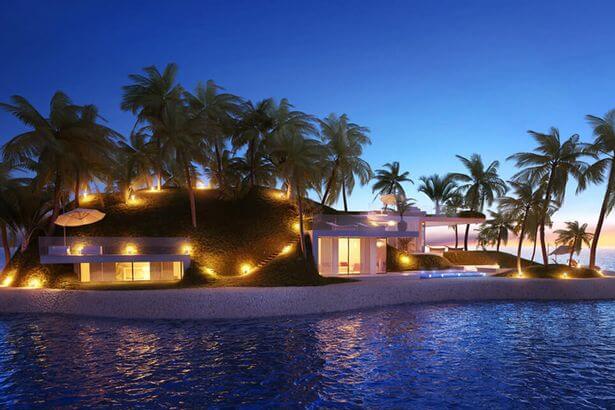
Bespoke: Each island will adhere to the customer’s every need
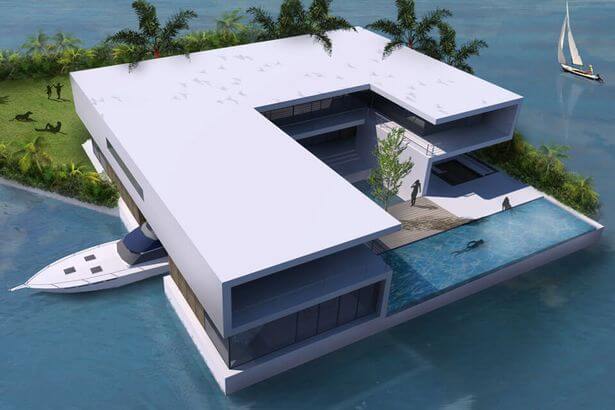
Custom-made: Designs feature swimming pools, boat docks and greenery
Amillarah is overseen by developers Dutch Docklands, who have teamed up with Christie’s International Real Estate for the project.
Dan Conn, CEO of Christie’s International Real Estate, said: “The opportunity to literally develop a private island on a body of water is a testament to Dutch Dockland’s skills in this arena.
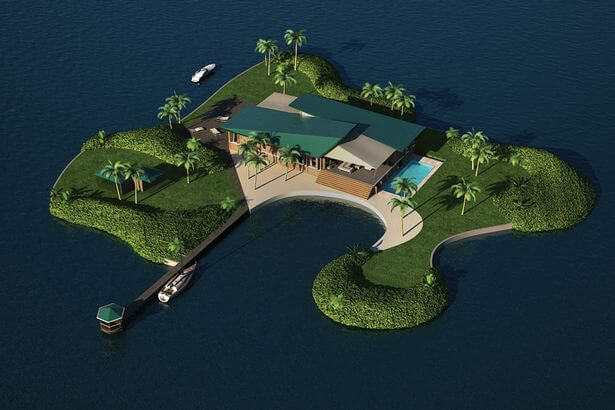
Take your pick: Amillarah will offer islands in all shapes and sizes
“Buyers are able to customise the size, shape and style of their residence, within the broadest range of locations, beginning with this first opportunity in the Maldives.”
The designs were created by famed Dutch architect Koen Olthuis, who helped found Dutch Docklands, in 2005.
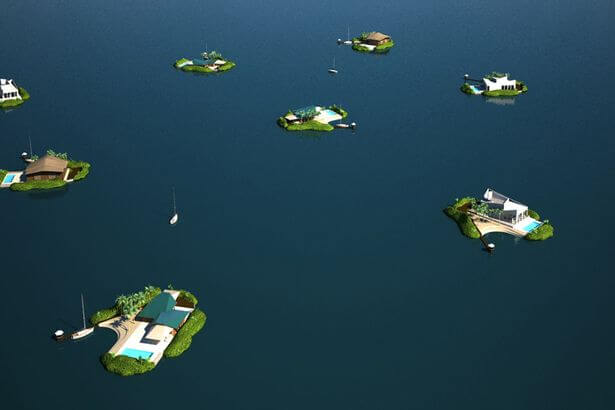
Island life: The designs were created by Dutch architect Koen Olthuis
Each island is intended to keep environmental impact to a minimum using state-of-the-art technology.
The company are already developing 10 properties with the Government of Maldives, which will create a lagoon 25 minutes from the nearest airport.

Tropical: Amillarah are developing 10 properties with the Government of Maldives
In Dubai, OQYANA Real Estate have signed a deal for 33 islands, while in Miami, 30 islands are set to be developed.
Paul van de Camp, CEO of Dutch Docklands, added: “We’ve not only created a new luxury global brand with ‘Amillarah Private Islands’ but also a new industry of private island development to cater to our most discerning clients.

In demand: In Dubai, OQYANA Real Estate have signed a deal for 33 islands
“In addition to our Maldivian project, we have new developments signed in Dubai and Miami, and are actively looking for opportunities worldwide.”
Rick Moeser, Senior Vice President at Christie’s International Real Estate, said: “Each of these homes is an eco-friendly work of art that can be lived in, allowing consumers to not only create, but enjoy whatever kind of paradise they desire.”
Plans underway to build floating luxury islands in the Maldives
Zaheena Rasheed
Maldives Independent
August.2015
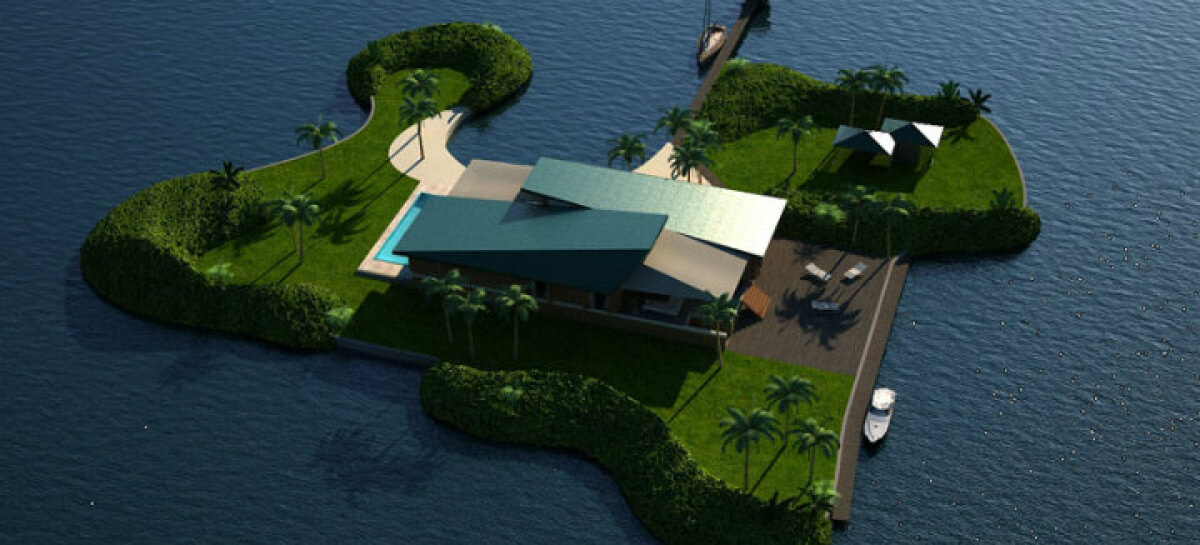
The Dutch company that gained global media attention in 2011 for plans to build an 18-hole floating golf-course in the Maldives now plans to sell private floating islands in central Malé atoll,
The ‘Amillarah Private Islands’, by Dutch Docklands and New York based Christie’s International Real Estate, is to feature 10 exclusive villas on portable islands, complete with a private beach, a pool and a jetty to moor yachts.
The floating islands will be self-sufficient, eco-friendly and built to withstand rising seas associated with climate change, Dutch Docklands has said.
The company, which specializes in floating developments, was awarded five lagoons in Kaafu Atoll, all within 25 minutes of the airport as part of a joint venture with the Maldivian government in 2011. The five-lagoon plan also includes 185 over-water luxury villas and a convention center.
A Dutch Docklands’ official said the designs for the floating islands are yet to be approved by the tourism ministry. However, the company hopes to begin construction by the end of the year.
The luxury islands will be leased, the official said. The Maldivian constitution was recently amended to allow foreigners to own land for the first time, but a US$1billion investment is required.
Dutch Docklands has previously said the five-lagoon project will cost US$500million. The Maldivian government holds five percent in the joint venture.
Amillarah properties will be launched in Dubai and Miami next, Christie’s has said.
According to Forbes, the base of the islands will be built to last for over 100 years and designed to create a new underwater habitat for sea life. The project will be designed by renowned architect Koen Olthuis and will include design and research by Jean-Michel Cousteau’s Ocean Futures Society charity.
Dan Conn, the CEO of Christie’s International Real Estate said: “Buyers are able to customize the size, shape and style of their residence, within the broadest range of locations, beginning with this first opportunity in the Maldives.”
“We have not only created a new luxury global brand with ‘Amillarah Private Islands’ but also a new industry of private island development to cater to our most discerning clients,” said Paul van de Camp, CEO of Dutch Docklands, according to a press release.
On its website, Dutch Docklands said the project will be the biggest floating development in the world “diversifying Maldivian fame and turning rising seas into prime real estate.”
Hussain Lirar, deputy tourism minister, told The Maldives Independent that the Maldives welcomed innovative concepts in tourism. Floating developments add to tourism in central Maldives as there are no natural islands for resort development in central Kaafu, Lhaviyani and Alif Atolls, he said.
The five lagoons consist of 800 hectares of water. The environmental impact assessments for Dutch Docklands’ first project, the Ocean Flower, is complete and villas will be done within one and a half years. They cost upwards of US$1.5million.
4 Reasons why you should buy your own personalised floating island
By Boat,
August.2015
1. You can customise your private island
The world of private island real estate could be about to dramatically change as Christie’s International has announced a partnership with Dutch Docklands to construct a series of atolls across the globe.
Looking for a secluded island paradise? Discover what Amillarah Private Islands will have to offer:
You can customise your island
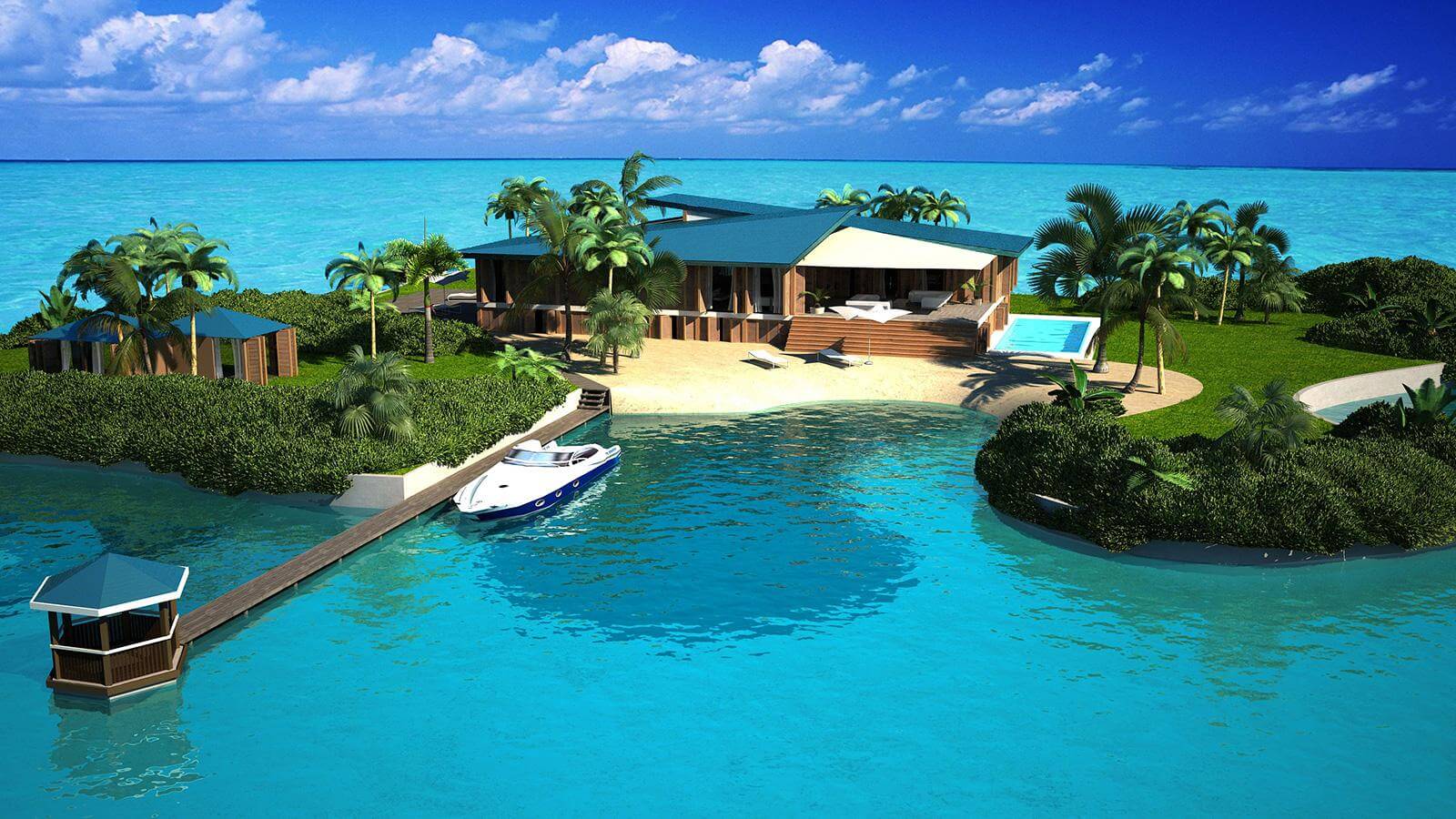
Always wanted your own private island but never found one that quite fits your exacting criteria? Panic not as it is possible to customise your island to your wishes.
Dan Conn, CEO of Christie’s International Real Estate. “Buyers are able to customize the size, shape and style of their residence.”
Rick Moeser, the firm’s senior vice president, added: “Each of these homes is an eco-friendly work of art that can be lived in, allowing consumers to not only create, but enjoy whatever kind of paradise they desire.”
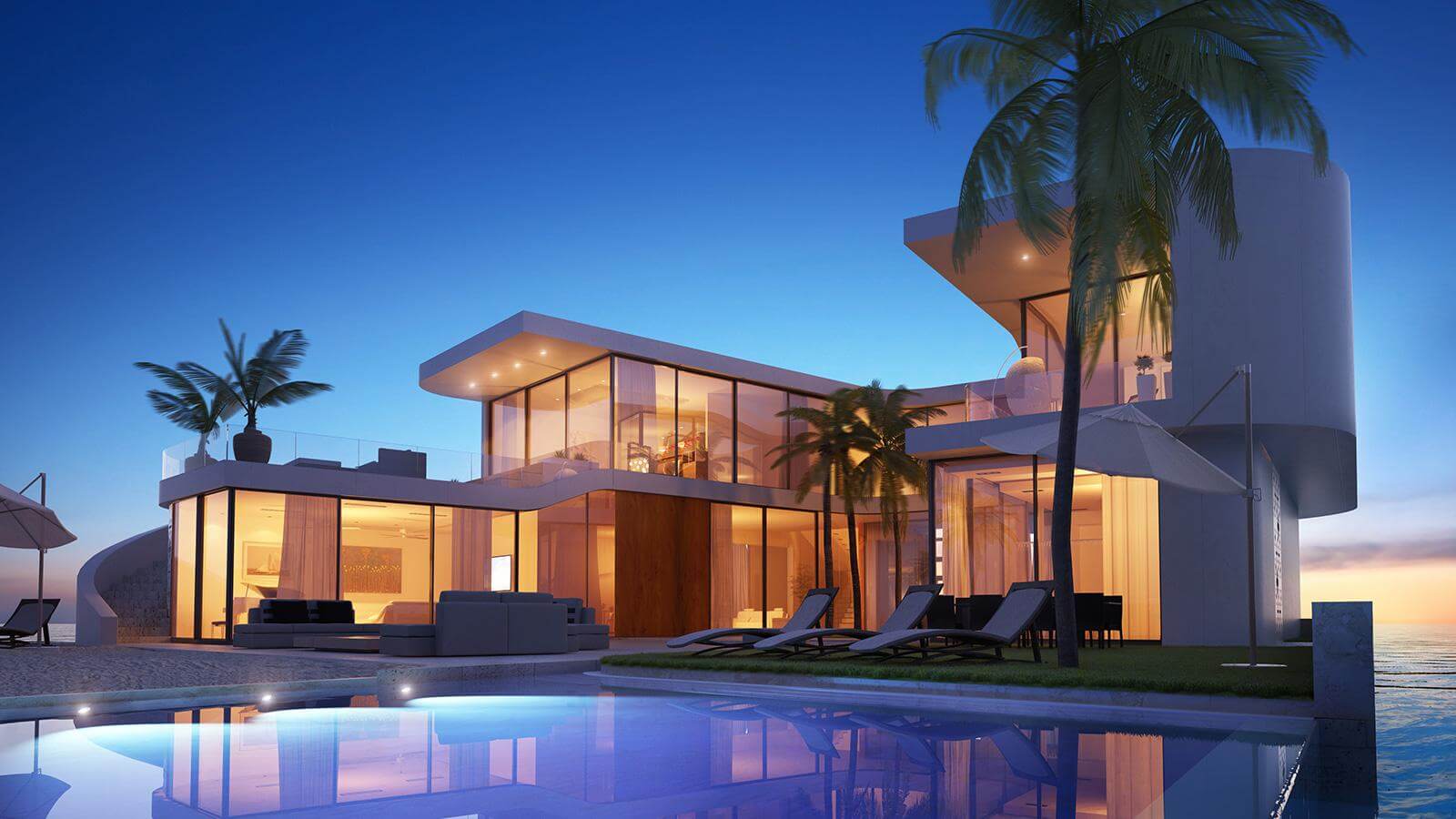
2. You can choose the location of your private island
Not only can you customise the design of your island, but you also get to decide where it is located. Maldives? Miami? Dubai? New York? Simply take your pick.
The project is going to start with 10 islands being built in Maldives in a lagoon, which is only a 35-minute transfer by boat from the airport. So whilst you’re exploring the Maldives next, stop by your own private island. In addition, there are already agreements signed in Dubai and Miami and other locations are currently being sought out.
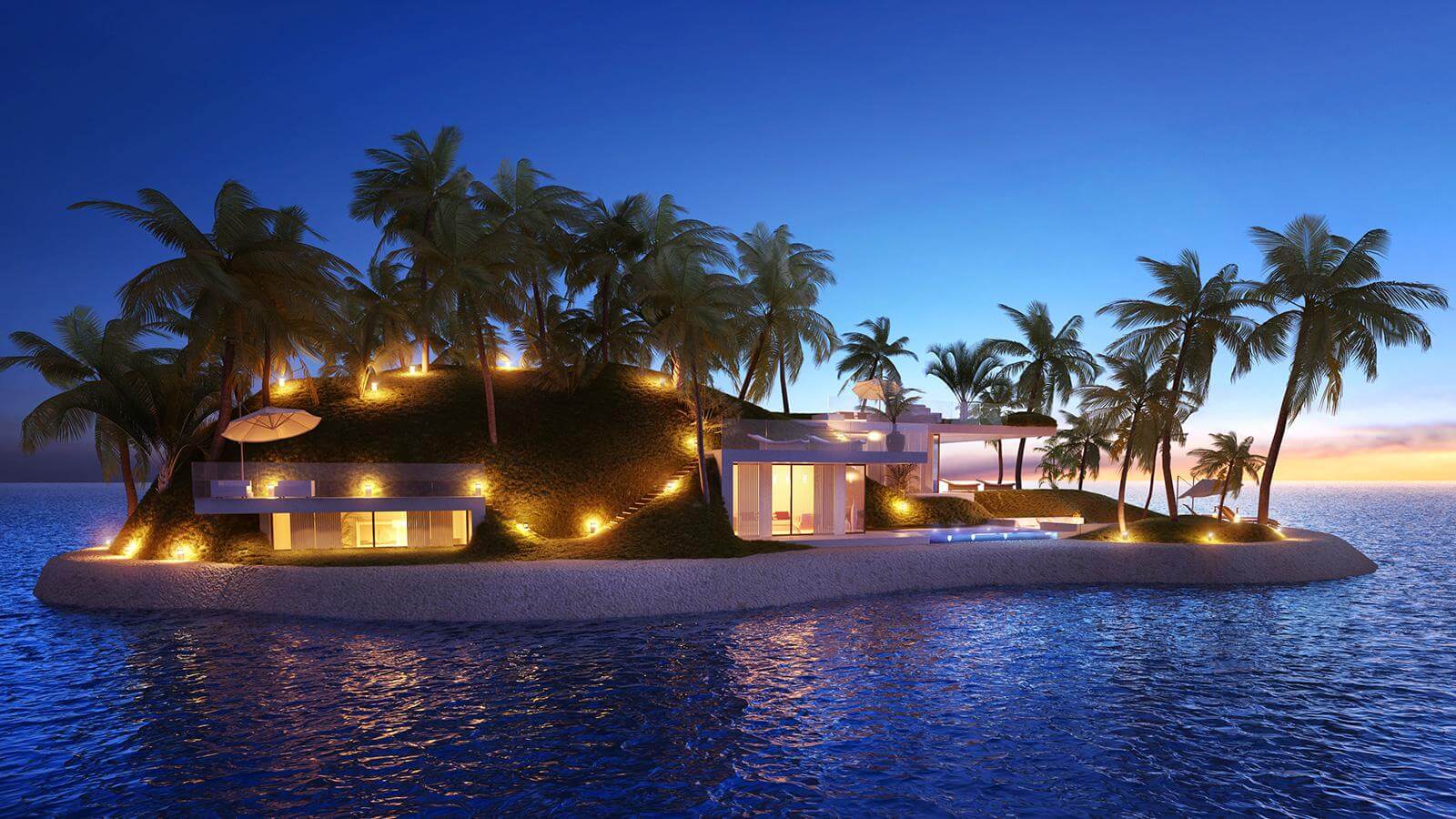
3. Your island will be eco-friendly
With increasing threats to the world’s oceans, it is reassuring to know that the islands will be created using the latest state-of-the-art green technology.
The base of the island is designed to last for more than 100 years and will create a new habitat for sea life to live underneath. The project has teamed up with Jean-Michel Cousteau’s Ocean Futures Society to work out better ways to enhance these new ocean habitats.
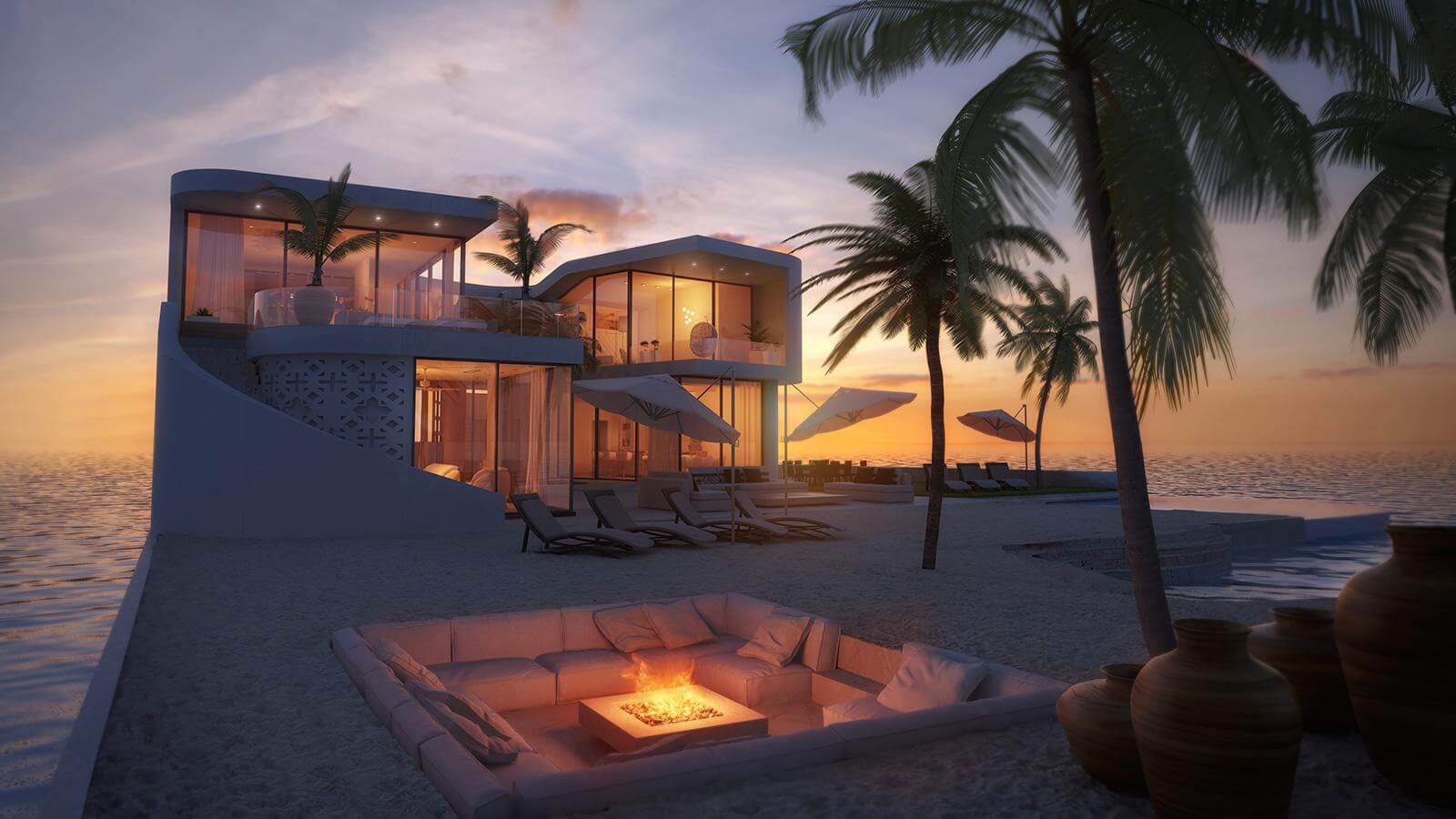
4.Your island will be constructed using the best in Dutch design
As we know from the superyacht industry, the Dutch are pretty good at creating things that float. Founded in 2005, Dutch Docklands are experts in floating developments, concepts and infrastructure. Using The Netherlands’ experience from the battle against rising water levels the company will create the islands that will be “self-sustainable and safe from rising sea levels”.
“We have not only created a new luxury global brand with Amillarah Private Islands but also a new industry of private island development to cater to our most discerning clients,” said Paul van de Camp, CEO of Dutch Docklands.
All pictures courtesy of Christie’s International

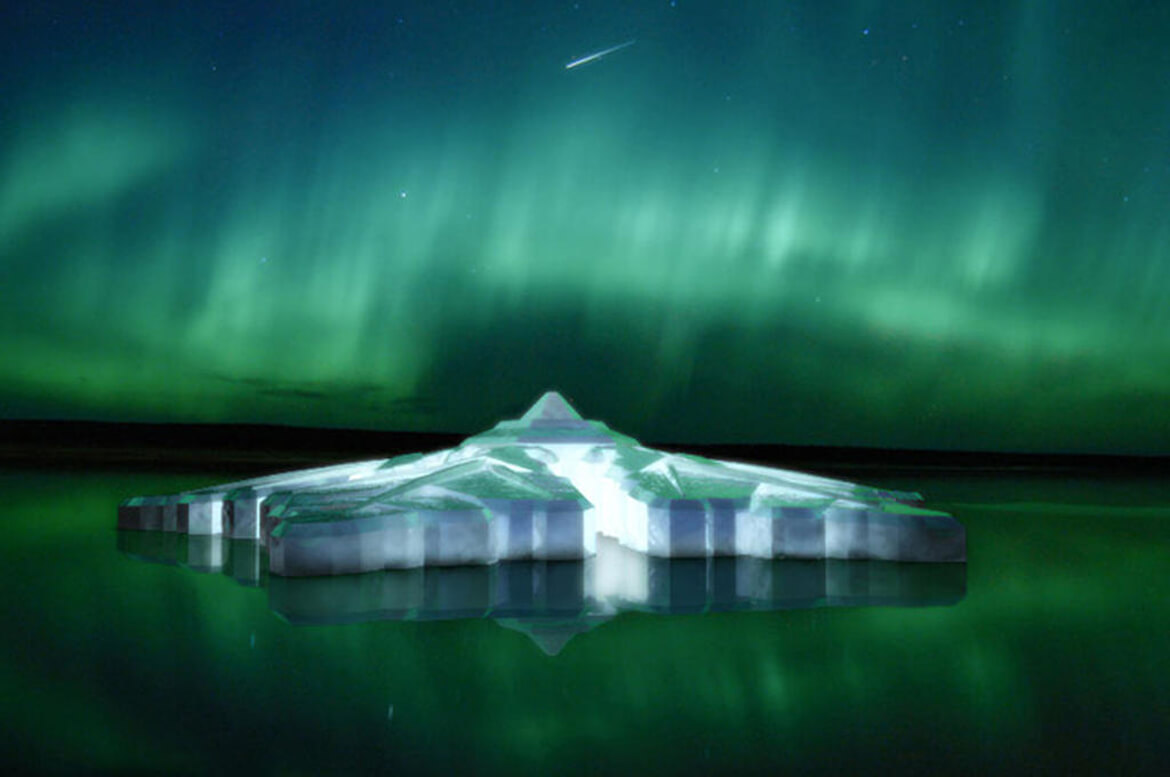

 Hi Europe
Hi Europe







